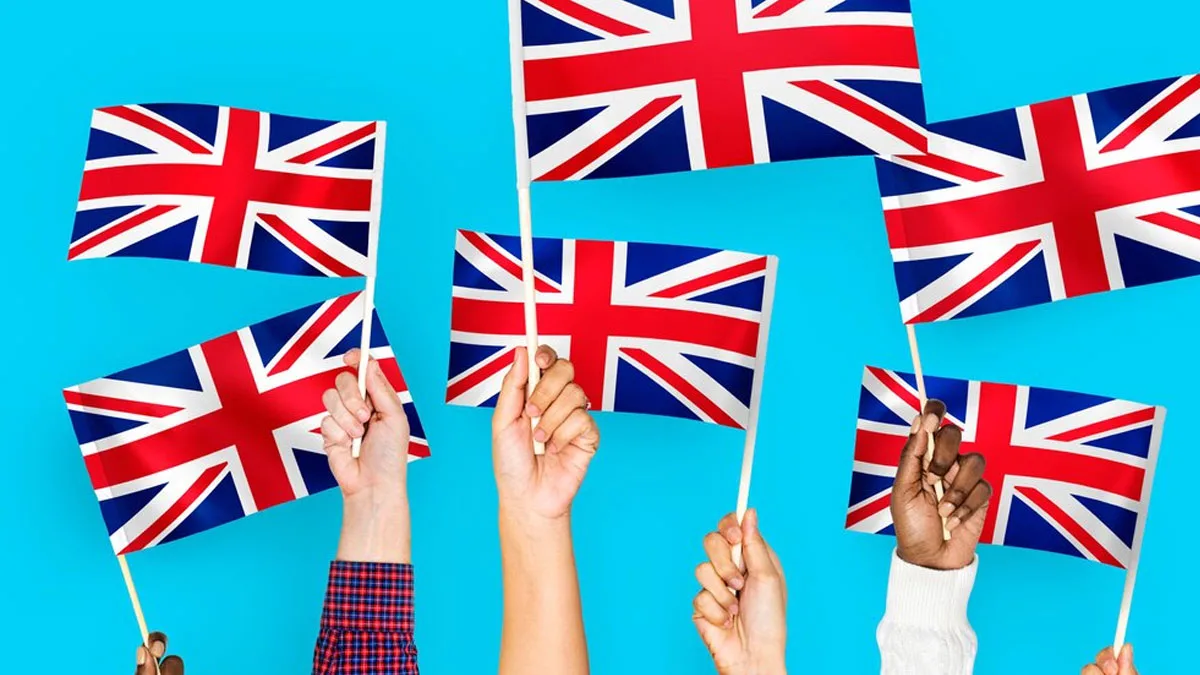The flying of flags in the United Kingdom is governed by specific laws and regulations that outline which flags may be flown and the manner in which they can be displayed. The UK has a tradition of flag flying to denote national pride, historical significance, and cultural events. However, not all flags can be flown freely due to legal restrictions aimed at preventing incitement to hatred, violence, or any form of discrimination.
Flag Regulations
The primary legislation governing the flying of flags in the UK is the Flags Regulations Act, as well as various other pieces of legislation and guidelines that pertain to specific situations.
Flags Permitted Without Planning Permission
Under the Town and Country Planning (Control of Advertisements) (England) Regulations 2007, certain flags can be flown without planning permission:
- National flags of any country
- The flag of the Commonwealth, the United Nations, or any other international organization of which the UK is a member
- A flag of any island, county, district, borough, burgh, parish, city, town, or village within the UK
- The flag of the European Union
- Flags of certain organizations or charities
These flags must be flown from a single vertical flagpole and must not display any form of advertisement or additional writing.
Flags that May be Illegal to Fly
The flying of certain flags can be illegal under UK law, particularly if they are associated with banned organizations or if they are deemed to incite racial hatred or violence. Examples of flags that are illegal to fly include:
- Flags of proscribed (banned) organizations, such as terrorist groups.
- Flags that incite hatred, such as those with symbols that are widely recognized as promoting hostility on the grounds of race, religion, or sexual orientation.
Hate Speech and Public Order
The Public Order Act 1986 is another key piece of legislation that impacts the legality of flying flags. Under this Act:
- Section 18 makes it an offense to stir up racial hatred by displaying written material, which can include flags, if they are deemed to have threatening, abusive, or insulting representations.
- Section 21 stipulates that a person commits an offense if they display any visible representation which is threatening, abusive, or insulting, with the intent to provoke a breach of the peace or whereby a breach of the peace is likely to be provoked.
Specific Restrictions and Local Guidelines
Local authorities may have specific restrictions or guidelines in place regarding the flying of flags. These can vary depending on the location and the particular sensitivities of the community.
Conclusion: While the UK allows for the flying of various flags without planning permission, there are restrictions in place to prevent the display of flags associated with hate speech, violence, and banned organizations. It is crucial for individuals or entities wishing to fly a flag in the UK to be aware of and comply with these regulations to avoid legal repercussions.
For up-to-date information regarding the legality of flying specific flags in the UK, it is recommended to consult the relevant local authority or legal guidelines.
References
- The Town and Country Planning (Control of Advertisements) (England) Regulations 2007: https://www.legislation.gov.uk/uksi/2007/783/contents/made
- Public Order Act 1986: https://www.legislation.gov.uk/ukpga/1986/64









Leave a Reply